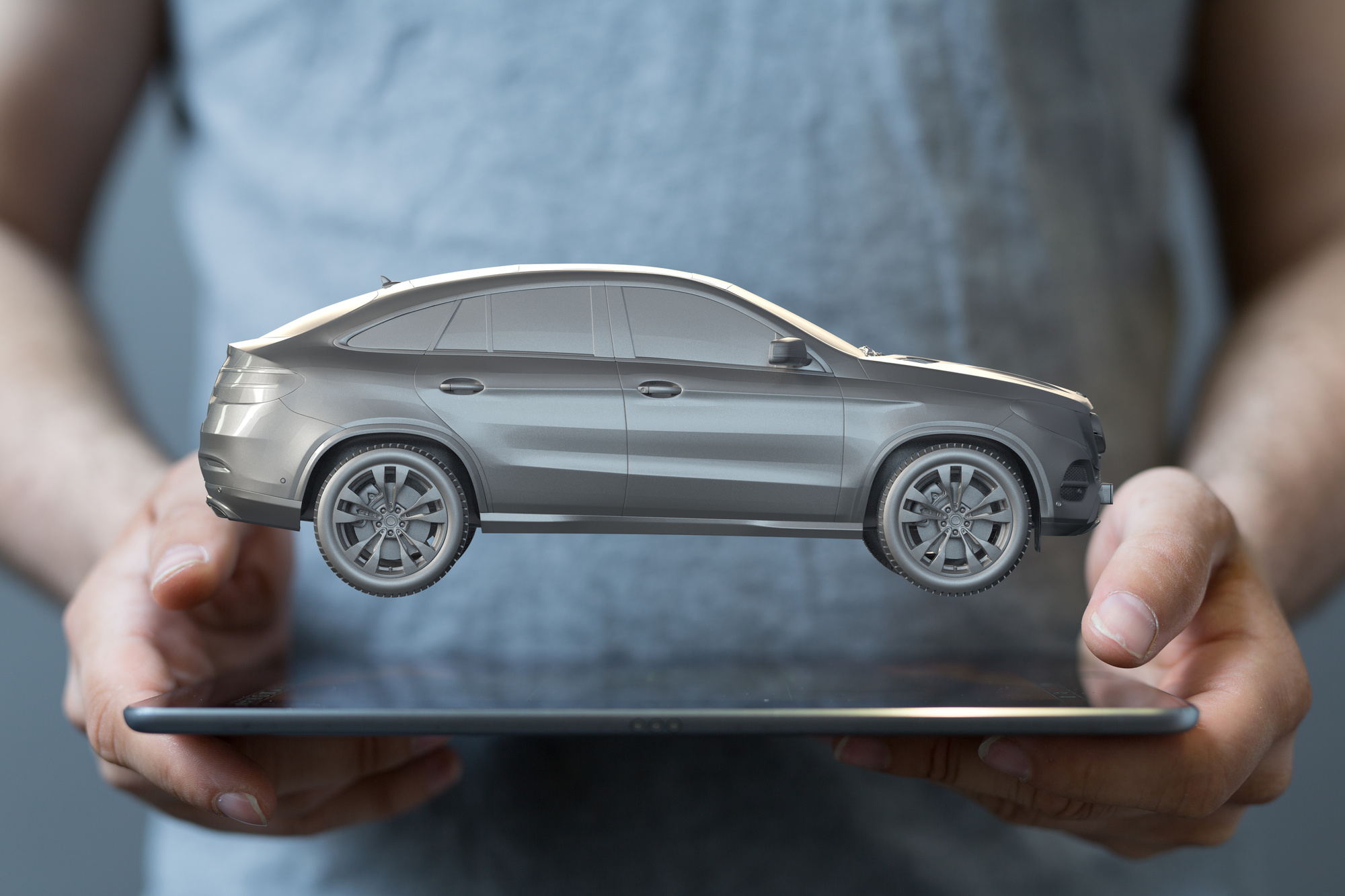
The latest automotive industry trends indicate a strong recovery in the sector, with an estimated annual growth of 11% in the automotive plastics market predicted for the next five years. Pushing this growth is the trend toward reducing vehicle weight and the associated decrease in emissions.
There is a rising demand for plastic components in both traditional and electric vehicles. This is good news for the plastic injection molding industry as this segment accounted for a 56% market share of the $28.1 billion automotive plastics market in 2020.
If you’re interested in the trends driving this growth in automotive plastic injection molding, you’ve come to the right place. This article will explore the key factors influencing this exciting trend.
Lightweighting Vehicle Manufacture
Both regulators and consumers are showing an increasing demand for lightweight, more fuel-efficient vehicles. This pressure has led to many vehicle manufacturers replacing metal parts with much lighter plastic injection molded components.
Reducing the weight of a vehicle is the easiest way for manufacturers to lower fuel consumption. This helps them comply with regulations to cut back on greenhouse gas emissions. These metal-to-plastic conversions are often used for vehicle interiors in both traditional and electric cars.
Plastic Exterior and Engine Components
Vehicle interiors are not the only place where metal components are being replaced with plastic. Plastic is increasingly being used to create exterior and engine components that were previously made of metal.
Robust plastic polymers are now being used for a range of under-the-hood applications such as engine hoses, oil pans, and cylinder head covers. These components help to reduce the weight of the vehicle and are more cost-effective than metal alternatives.
Injection molding is also used to make a range of exterior components such as door panels, trunk lids, grilles, and fenders. Many of these components were exclusively made with metal in the past.
Recycling and Environmental Sustainability
Another advantage to plastic molding vehicle parts is that they are more durable and last longer than metal. As a result of this modern vehicles have a longer useful life. Once a vehicle is no longer usable, these components can be recycled, rather than ending up in landfills.
Recent advances in recycling technology mean that more types of plastic can be processed and reused than ever before. This means that more plastic material can be recovered from old vehicles. A fair number of manufacturers are already using recycled plastic to make new vehicles.
More Automotive Industry Trends
There is a growing interest in using plastic composite materials to reduce vehicle weight. These composites are made by adding carbon or glass fibers to a plastic polymer. The result is a lightweight material that has a similar strength to steel.
This high strength-to-weight ratio makes them the perfect material to replace most of the steel components in a vehicle. As the cost of producing composite comes down it is likely that they will increasingly be used in the automotive industry.
Are You interested in Plastic Injection Molding?
There is no doubt that plastic molding is one of the fastest-growing automotive industry trends. If you’re looking to develop plastic molded components for your automotive application contact our experts at Nova Stevensville.
We have a world-class range of injection molding machines and can guide you through the process, from engineering a design to final product delivery.
